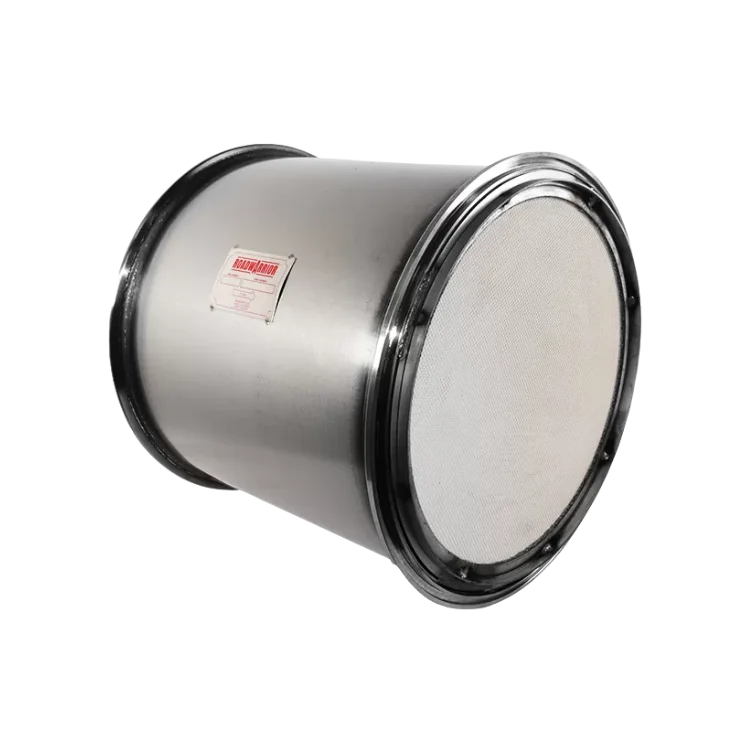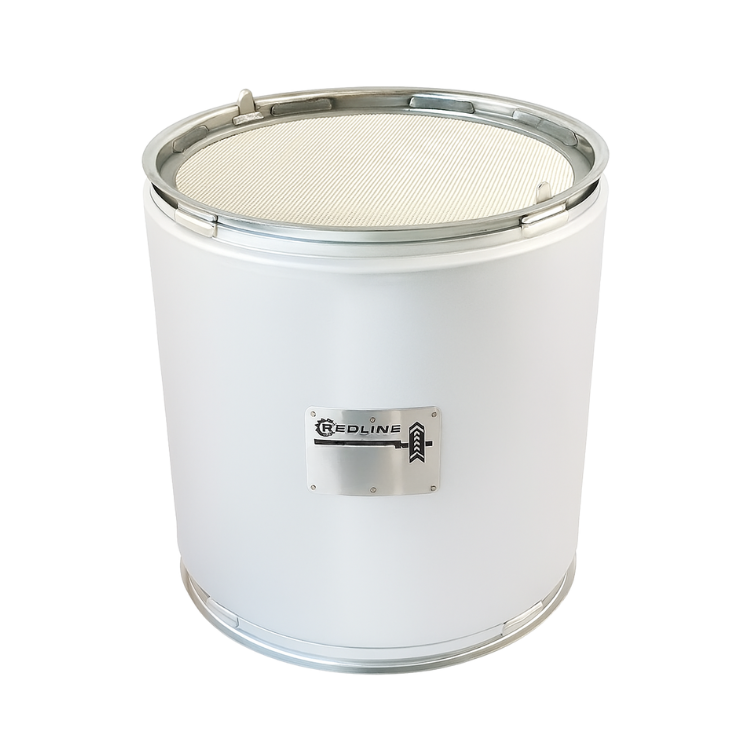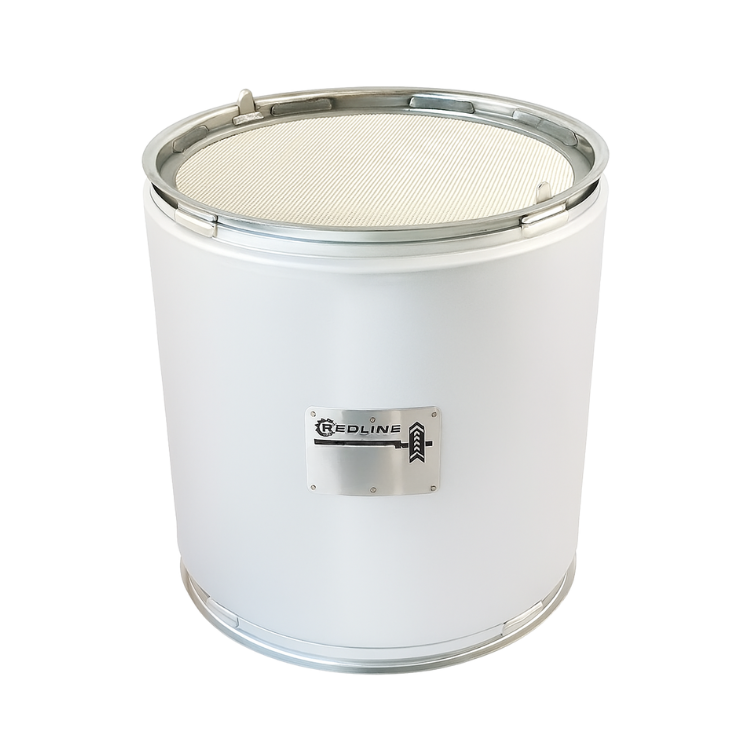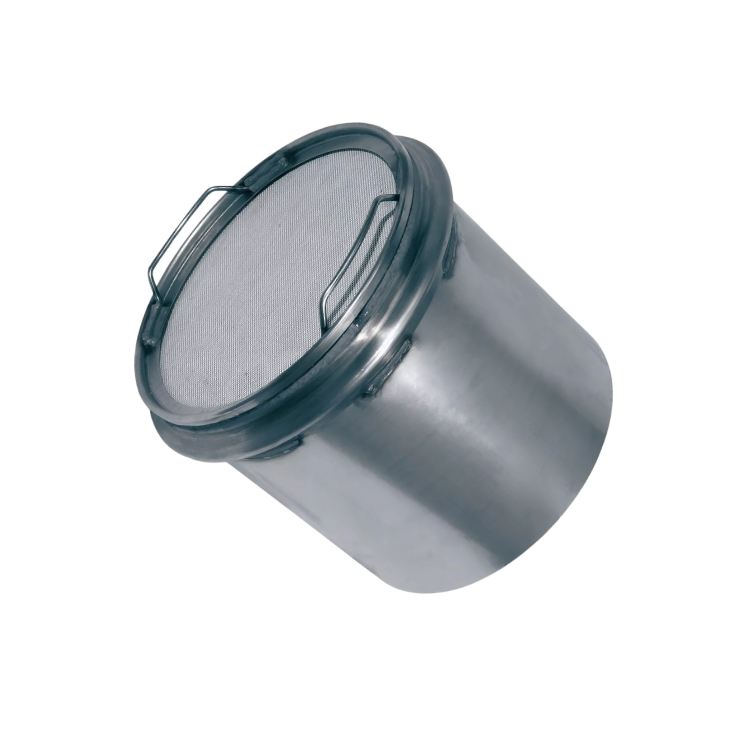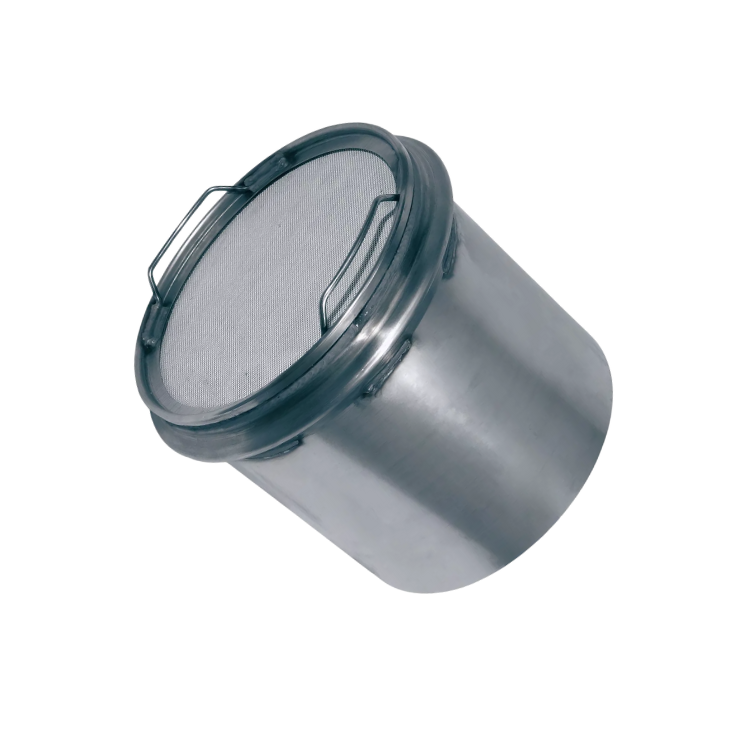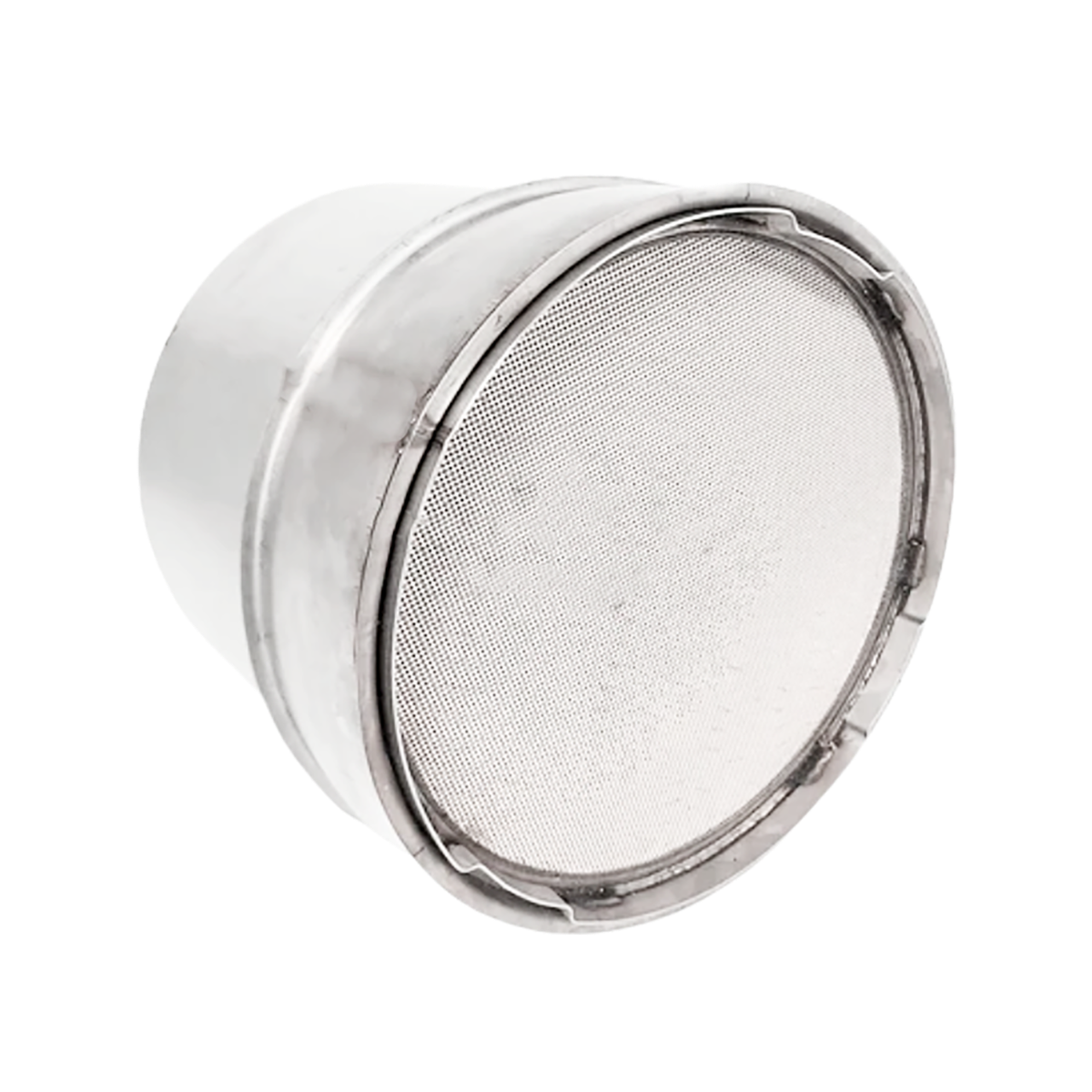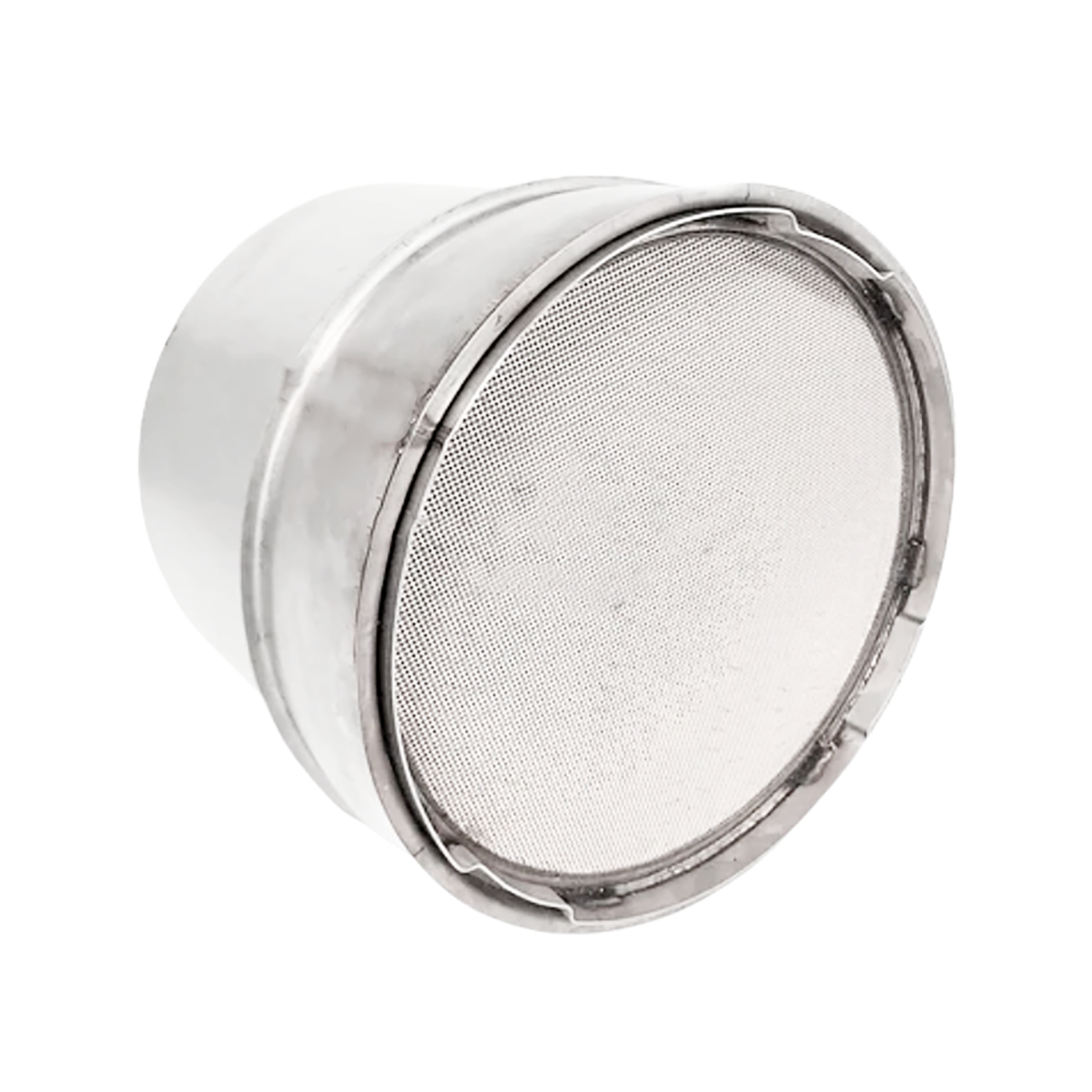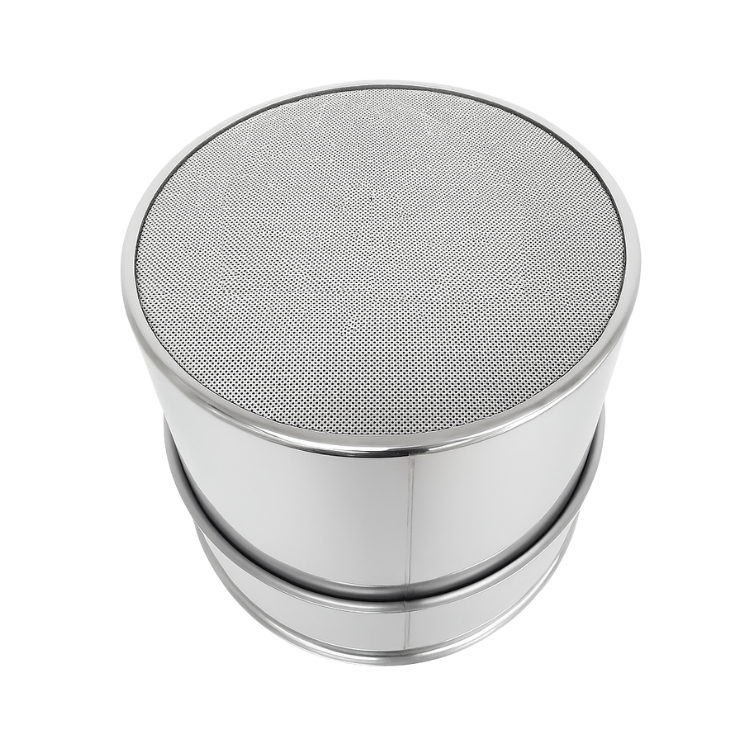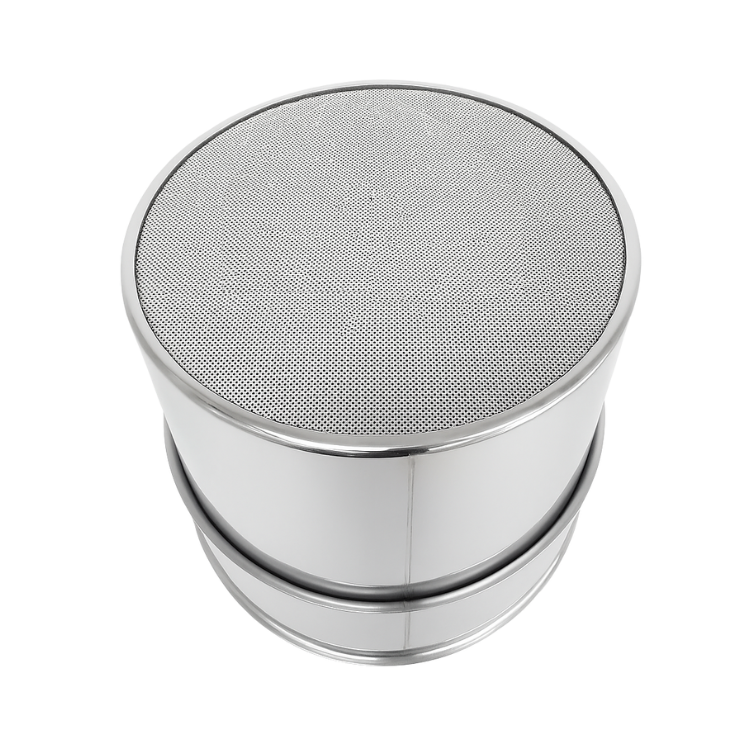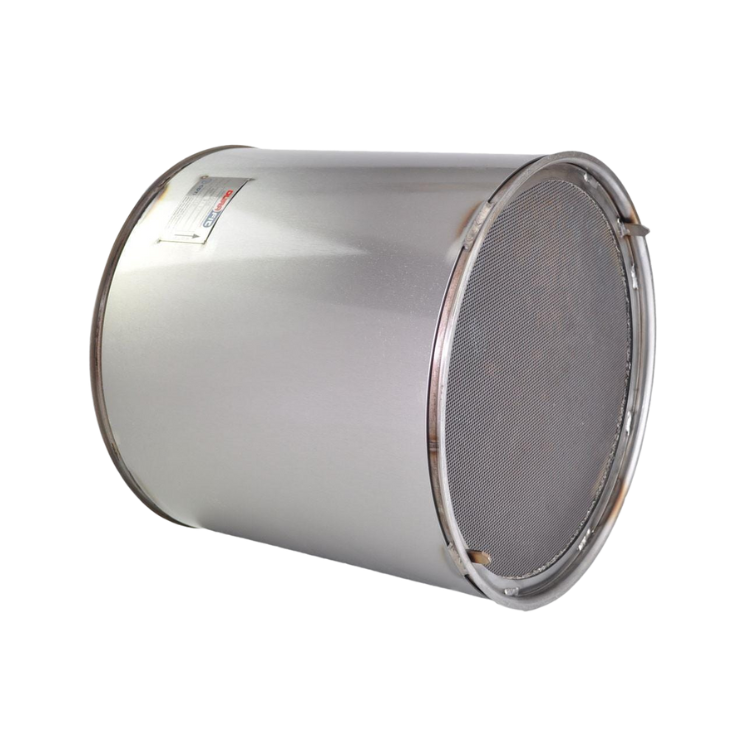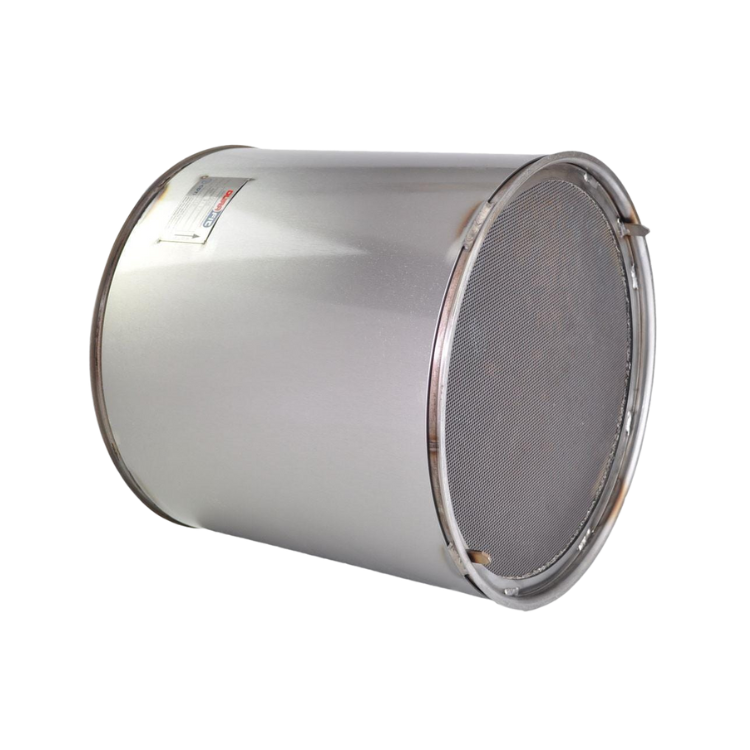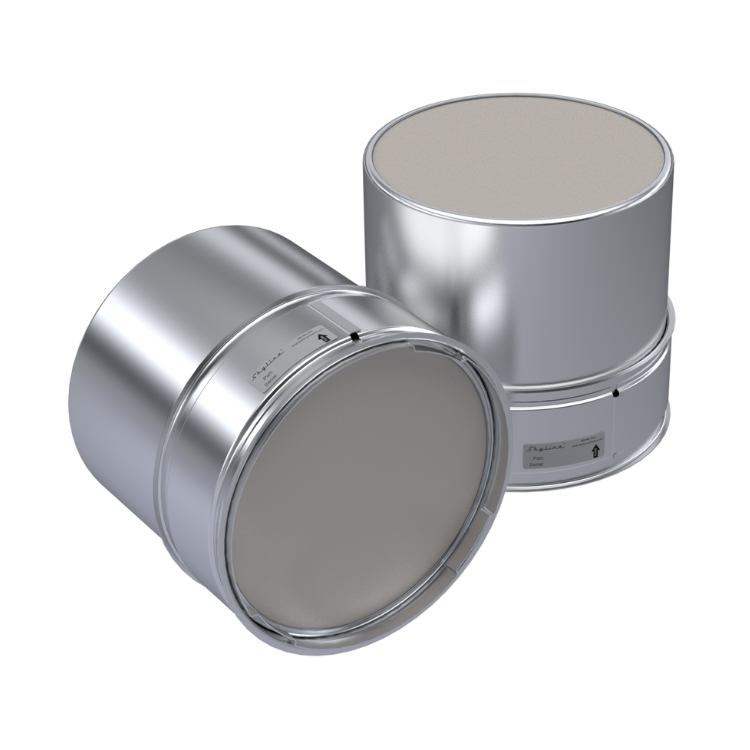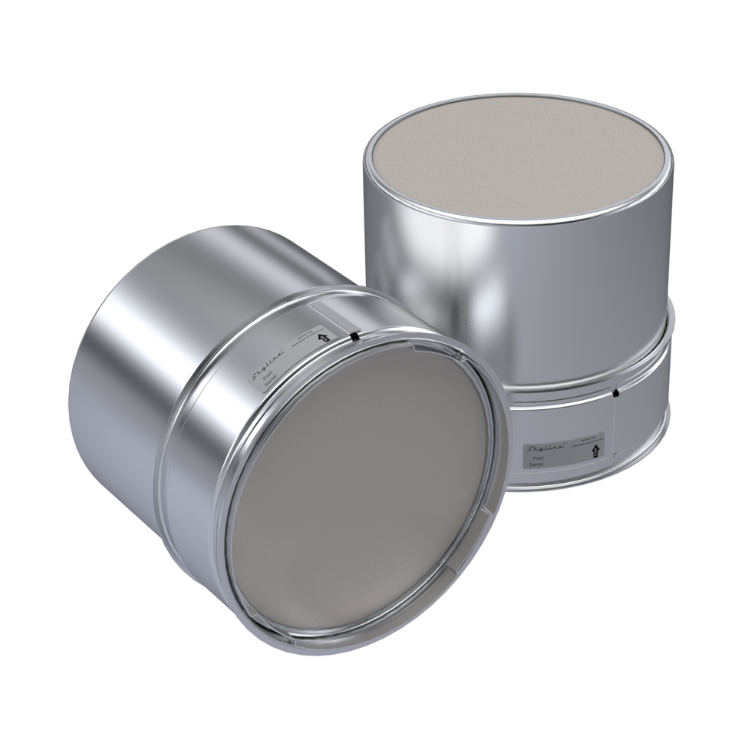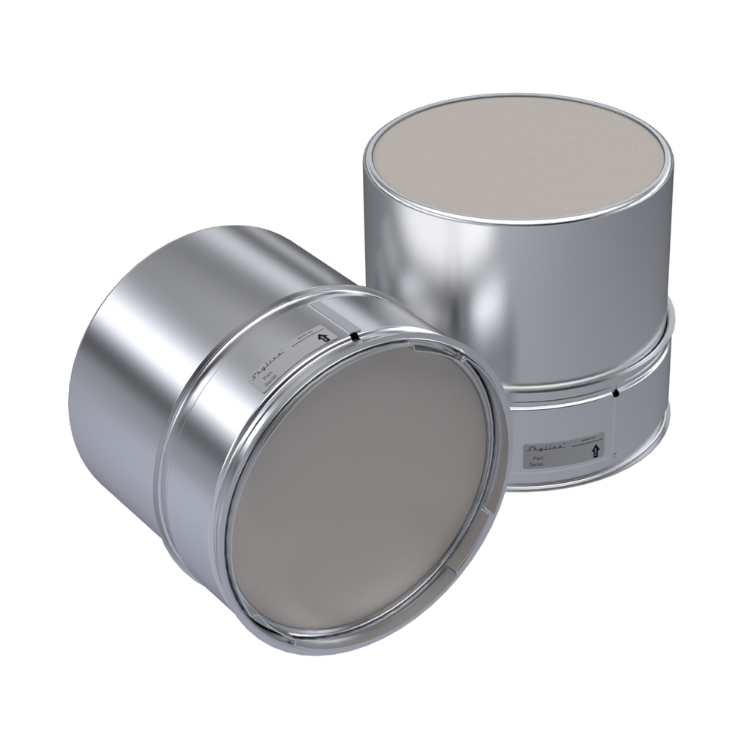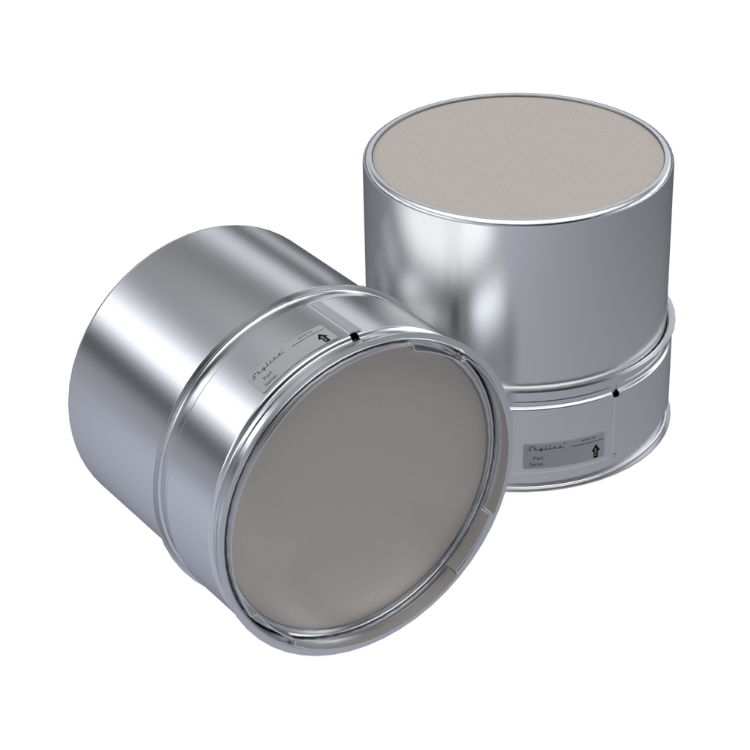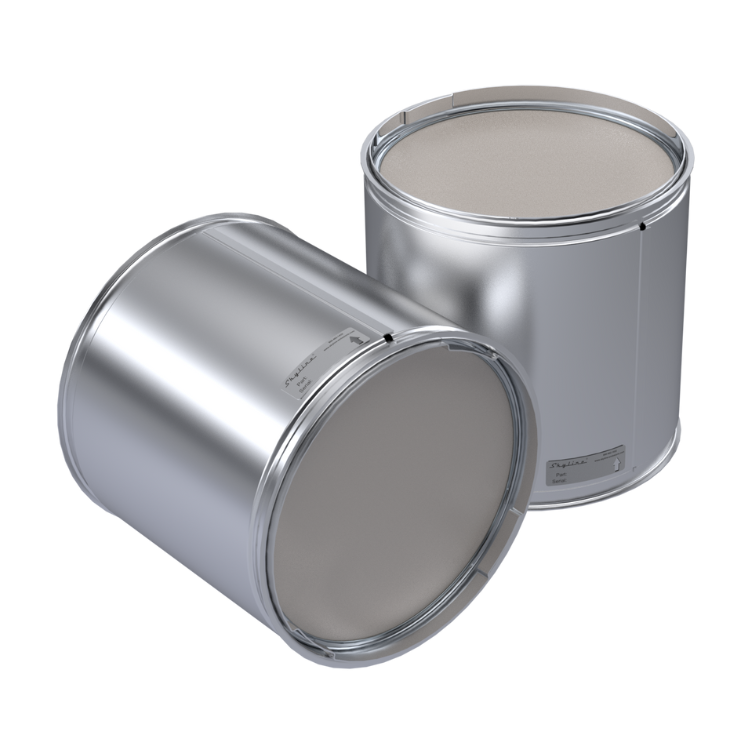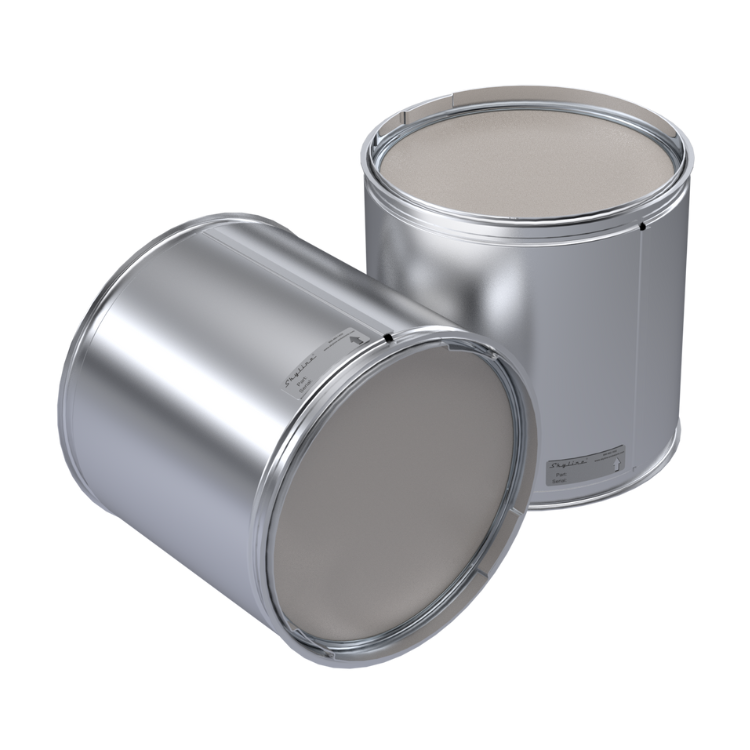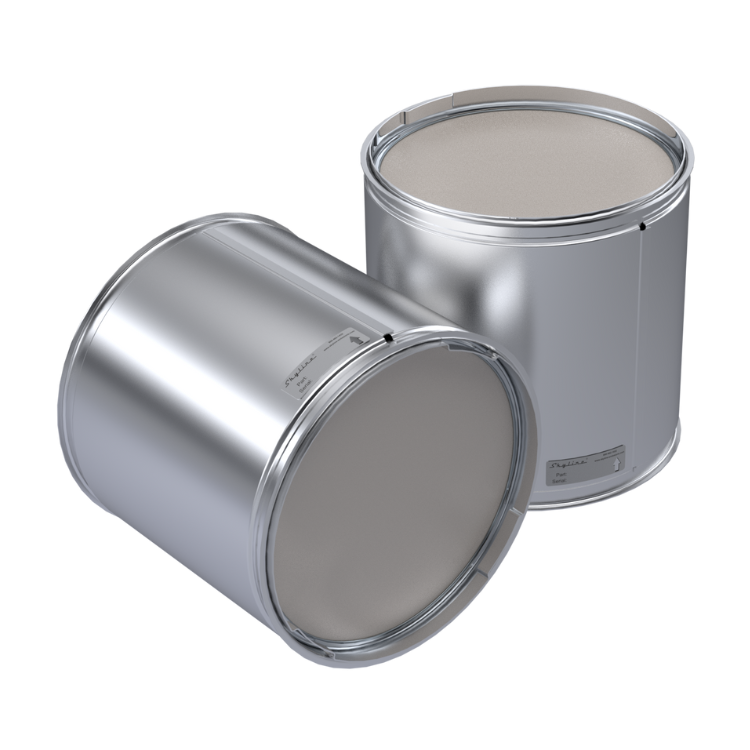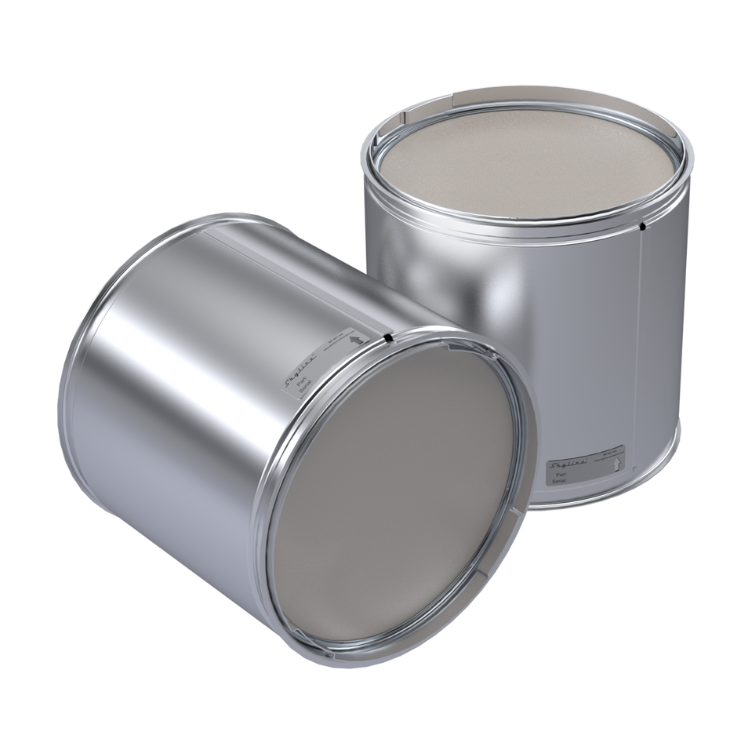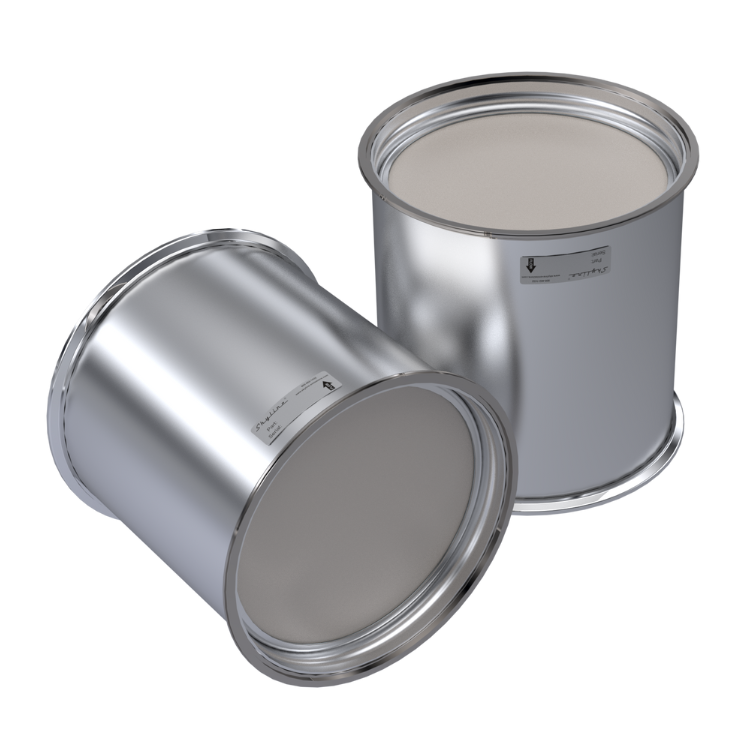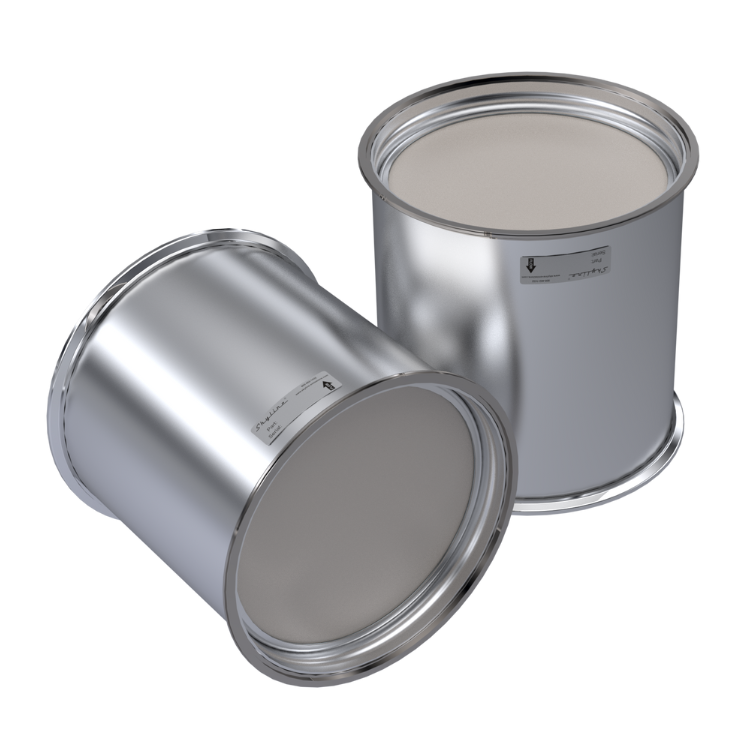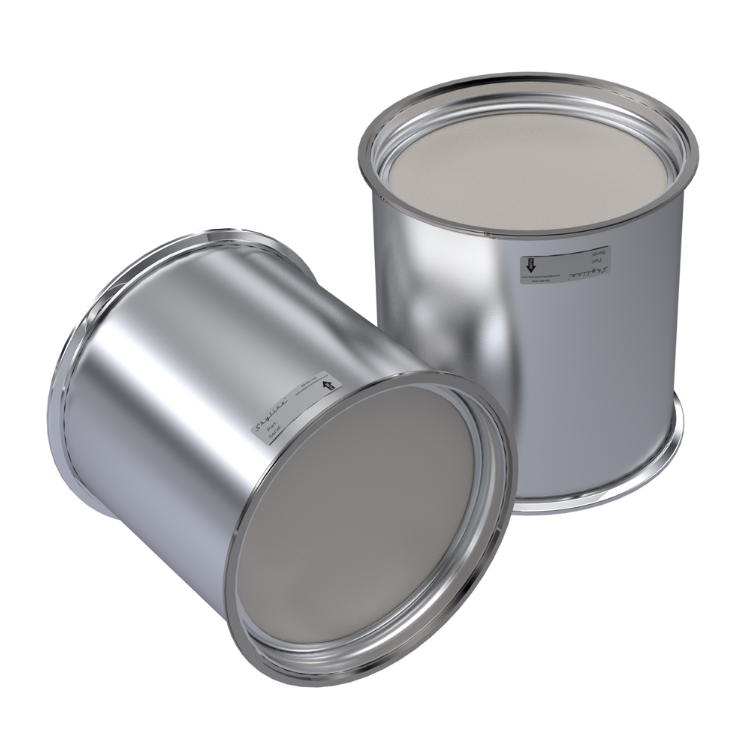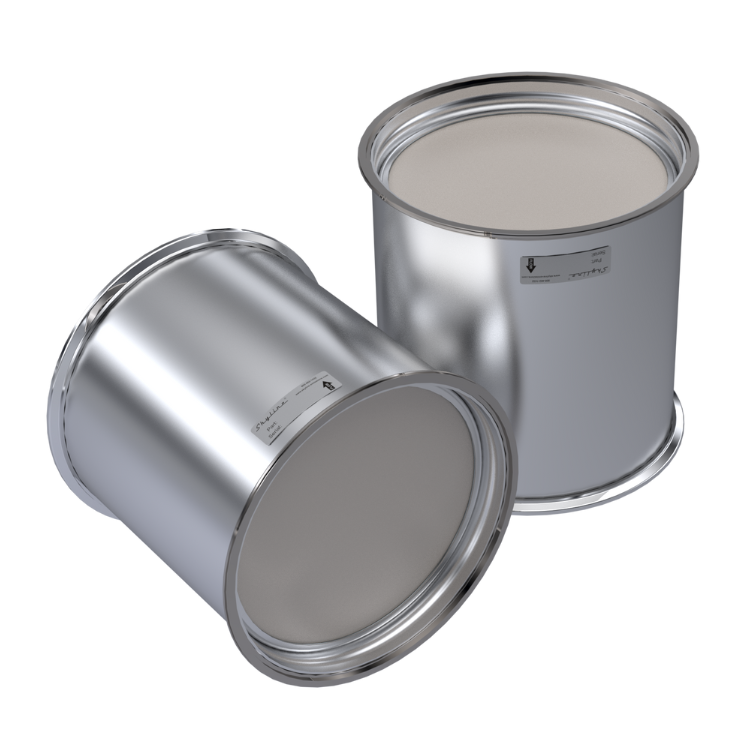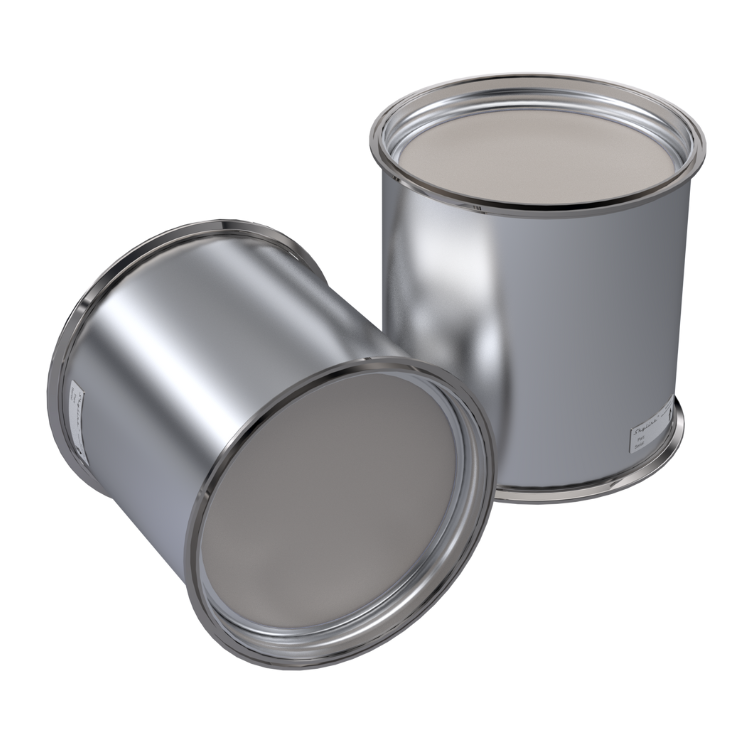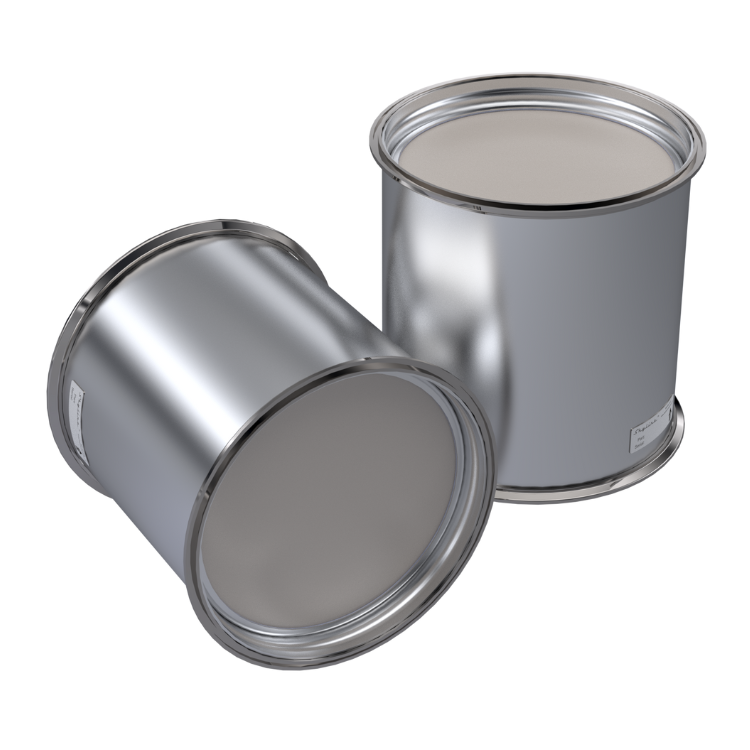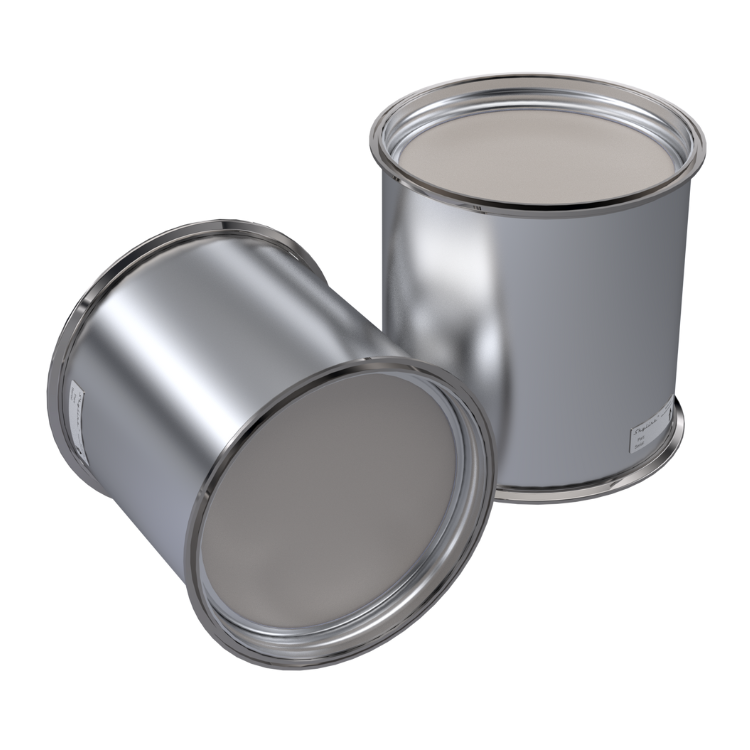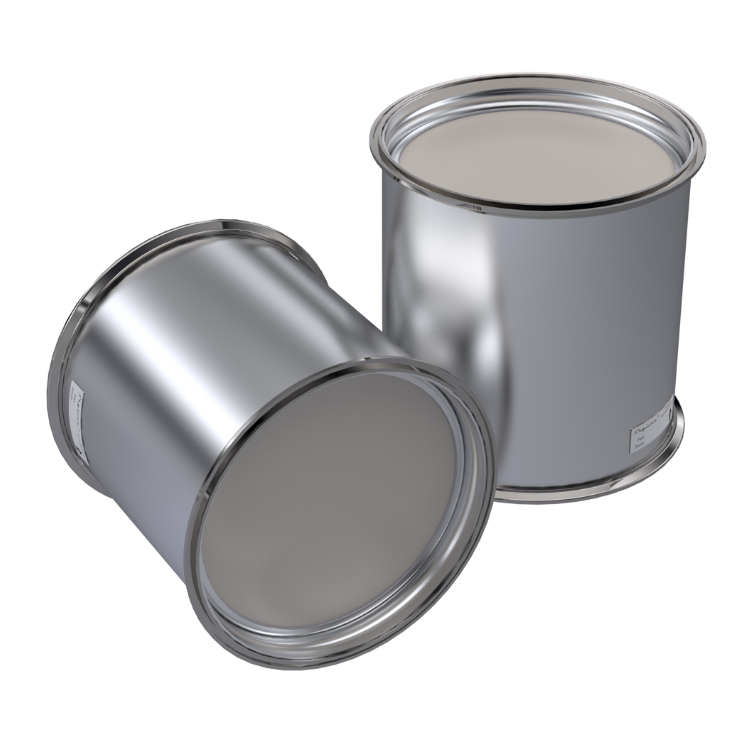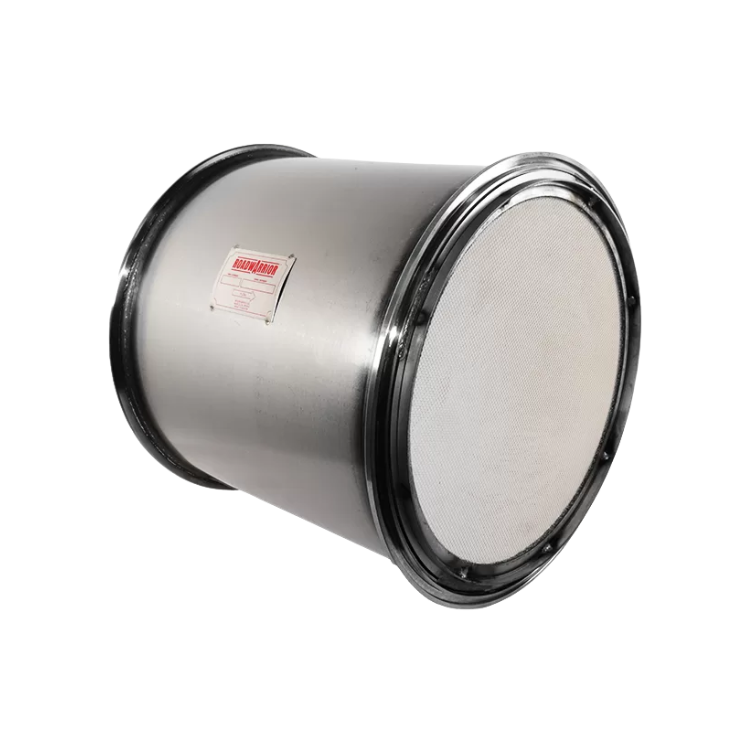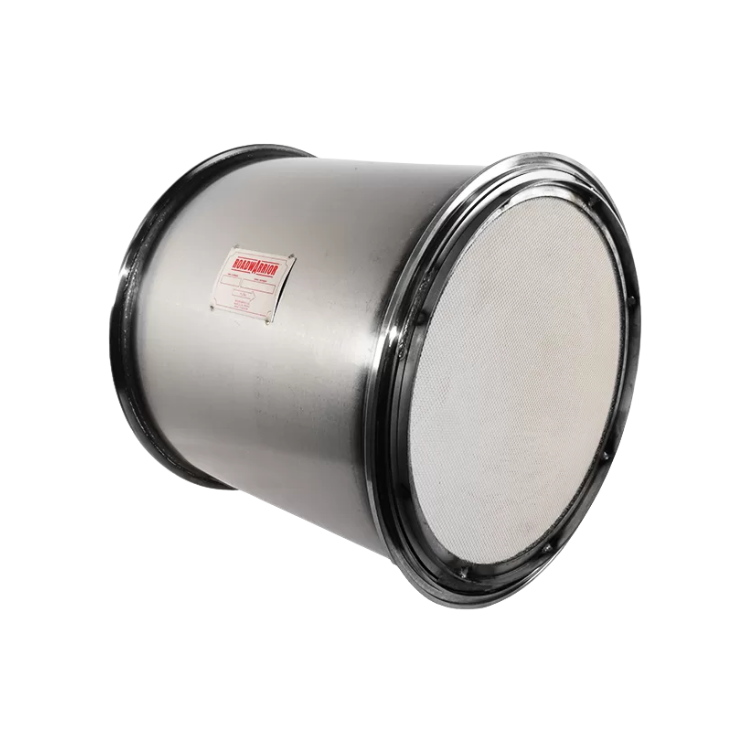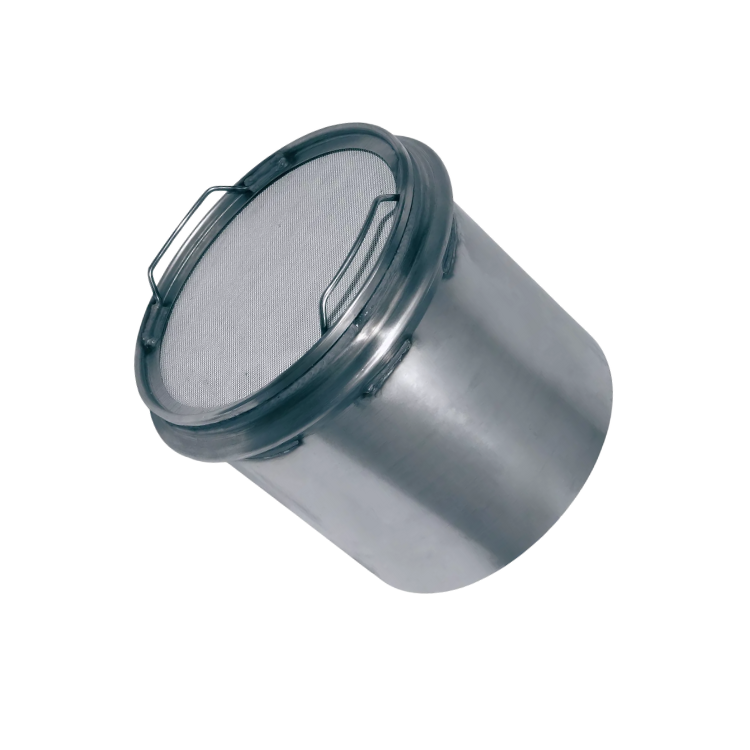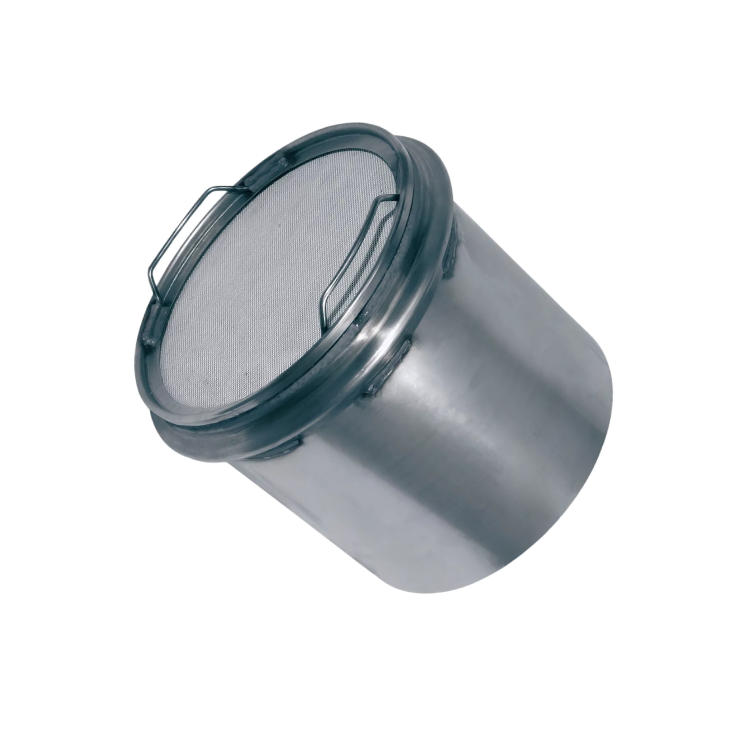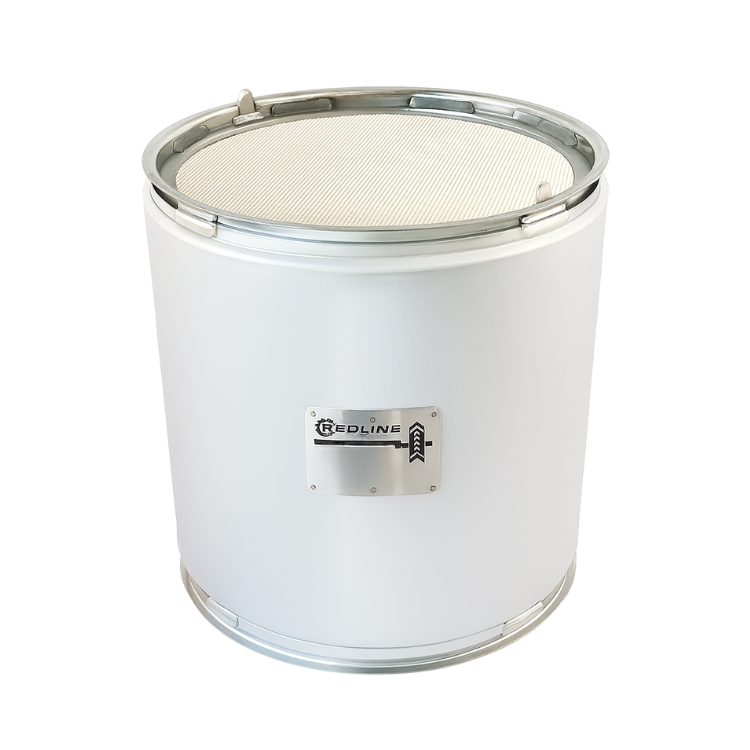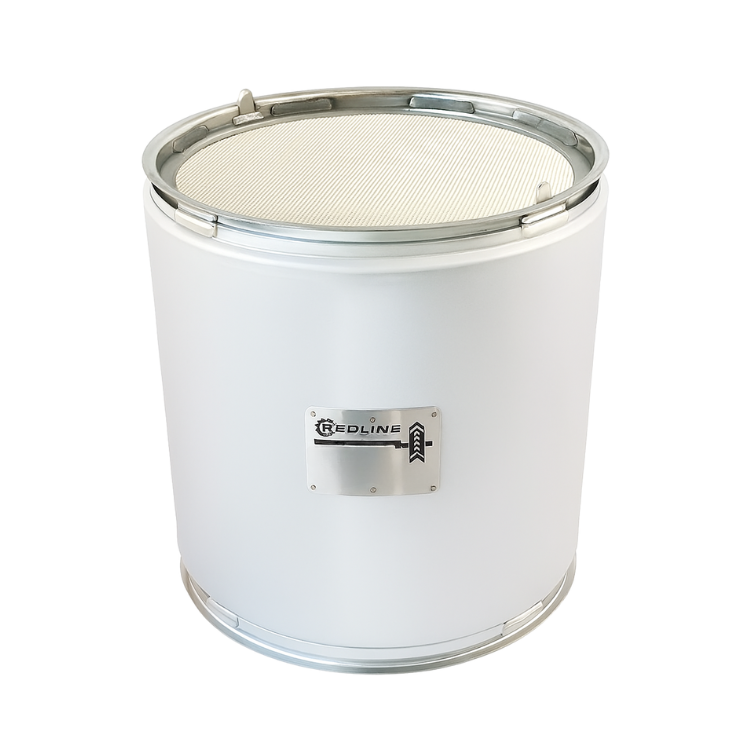Seeing your Diesel Particulate Filter (DPF) warning light turn on can be alarming—but it’s an early alert designed to help you prevent further engine trouble. The DPF plays a crucial role in controlling soot emissions, and ignoring this warning can lead to severe performance issues or even permanent damage. Knowing how to respond promptly can save you time, money, and downtime.
Steps to Take When the DPF Warning Light Comes On
-
Continue Driving at Higher RPMs if Safe
The warning often means that passive regeneration hasn’t completed. Driving at sustained speeds (e.g., highway driving) for 15–30 minutes at higher RPMs can trigger active regeneration, burning off excess soot. -
Avoid Idling or Stop-and-Go Traffic
These driving conditions lower exhaust temperatures and prevent regeneration from occurring. Find an open road to allow a proper burn-off cycle. -
Do Not Shut Off the Engine Immediately
If the warning light appears during a trip, avoid shutting the engine off until you’ve attempted a regeneration cycle. Turning it off too soon can interrupt the cleaning process. -
Watch for Additional Warning Lights or Messages
If the light turns red or is accompanied by a power loss warning, you may already be in limp mode. This indicates a more serious blockage requiring immediate service. -
Use a Diagnostic Tool
If you have access to an OBD-II scanner, check for DPF-related fault codes. This can help confirm whether the filter is simply full or if there's a deeper issue with sensors or the regen system. -
Schedule Professional Cleaning or Service
If regeneration fails or the warning persists after multiple attempts, have a technician inspect and perform a manual or thermal DPF cleaning.
The DPF warning light is your vehicle’s way of saying it needs attention—ignoring it can lead to reduced engine performance, increased emissions, or expensive repairs. Take action early by allowing regeneration to complete, checking for codes, and seeking service when needed. With prompt care, you can keep your engine running efficiently and extend the life of your emissions system.





